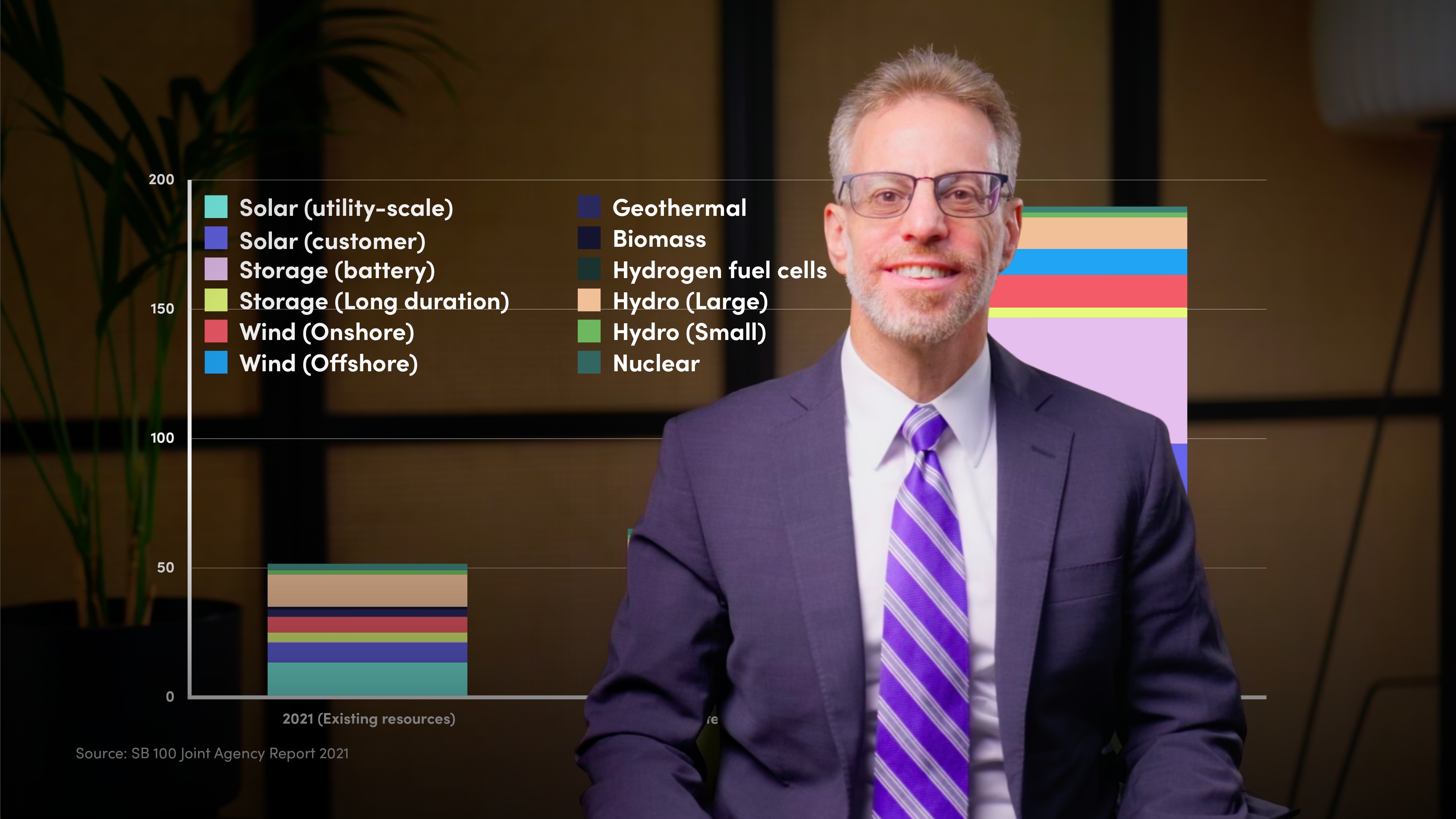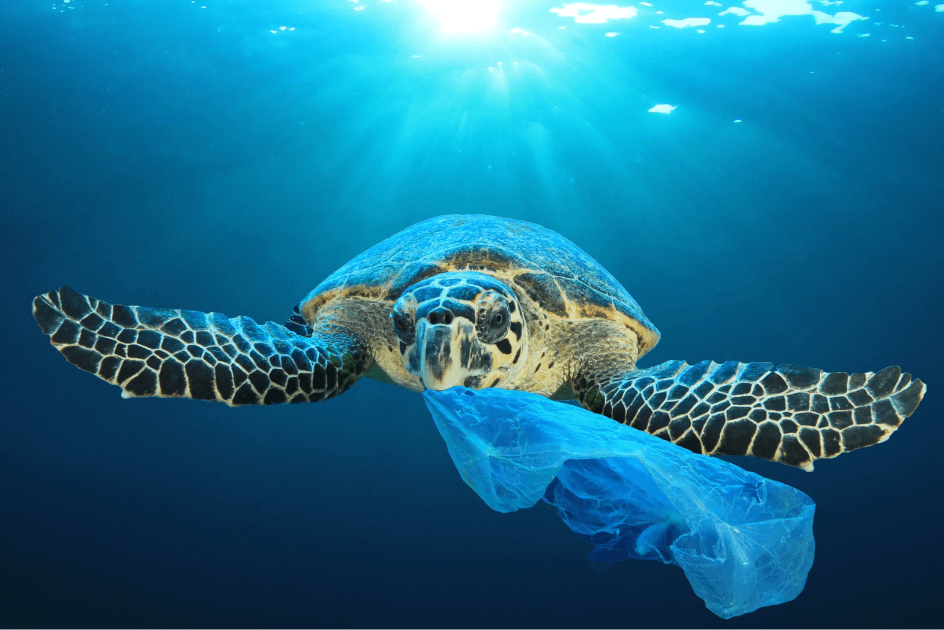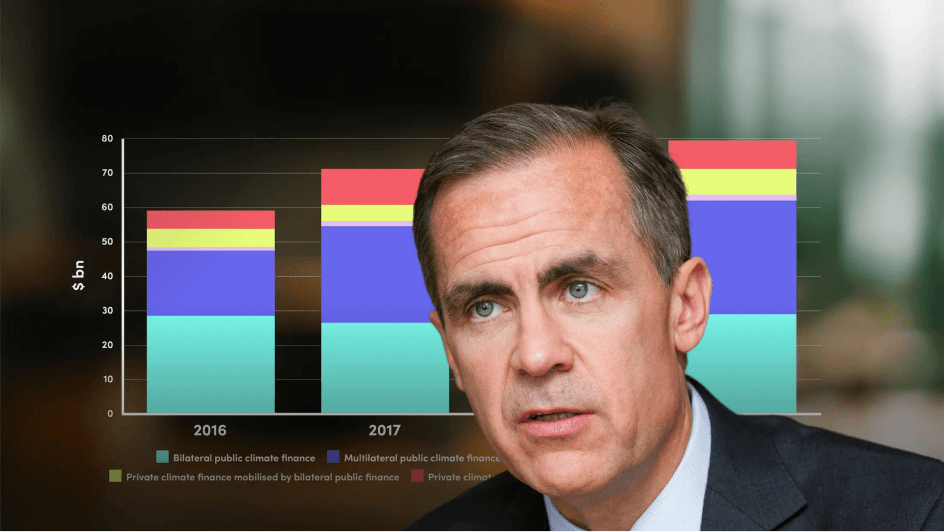
California Senate Bill 100 (SB 100)

Wayne Mayer
30 years: Sustainability and Corporate Social Responsibility Executive
In this video, Wayne explores California Senate Bill 100 (SB 100), a groundbreaking law that sets the ambitious goal of achieving 100% clean electricity by 2045. He breaks down key milestones, including the 60% renewable energy target by 2030, and discusses the massive infrastructure expansion, grid modernization, and emerging technologies needed to make this vision a reality.
In this video, Wayne explores California Senate Bill 100 (SB 100), a groundbreaking law that sets the ambitious goal of achieving 100% clean electricity by 2045. He breaks down key milestones, including the 60% renewable energy target by 2030, and discusses the massive infrastructure expansion, grid modernization, and emerging technologies needed to make this vision a reality.
Subscribe to watch
Access this and all of the content on our platform by signing up for a 7-day free trial.

California Senate Bill 100 (SB 100)
13 mins 38 secs
Key learning objectives:
Understand the goals and key components of SB 100, including the 2045 clean energy target and interim benchmarks
Recognize the infrastructure, grid modernization, and emerging technologies needed to achieve a zero-carbon electricity grid
Identify the economic, environmental, and social benefits of SB 100, including job creation, improved public health, and equity
Overview:
Subscribe to watch
Access this and all of the content on our platform by signing up for a 7-day free trial.
Subscribe to watch
Access this and all of the content on our platform by signing up for a 7-day free trial.

Wayne Mayer
There are no available Videos from "Wayne Mayer"





























